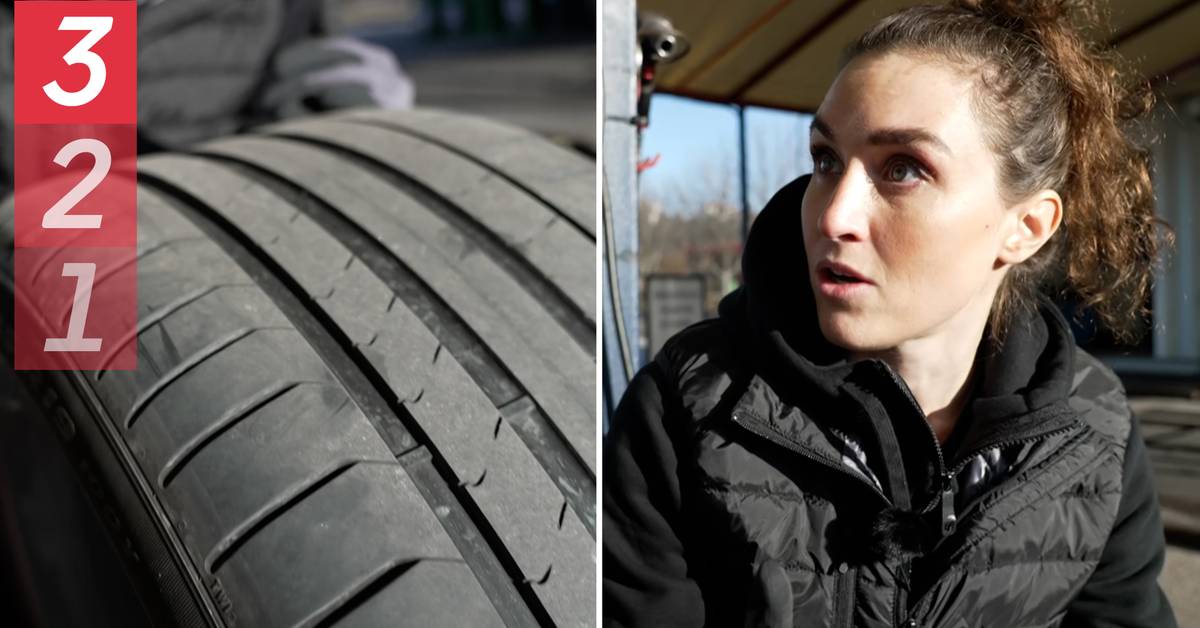Easter is one of the big traffic weekends of the year.
Those who plan to drive a car can count on changeable road conditions with large local differences.
- In southern Sweden it is quite free from ice and snow, but in the evenings and early mornings it can be slippery.
If, on the other hand, you are going to the ski resorts further up in the country, then it is a full winter, says the Swedish Transport Administration's press manager Bengt Olsson.
- Up there, it is winter tires that apply.
Exceptions for tire changes
It is forbidden to use studded tires from 16 April - but exceptions apply if it is or is expected to be winter road law.
Anyone who still switches to summer tires should be aware that they are starting to lose properties already below 5 degrees, according to Bengt Olsson.
- The tires become quite hard and then it does not take much for them to drop to the ground.
This means that you have to keep longer distances and drive a little slower than you thought, says Bengt Olsson and continues:
- In addition, one should not forget that the speed signs on the side of the road talk about dry summer roads.
There are many who believe that you can drive at the same speed even in winter, but that is not what they are set for.
Think of pattern depth
Anyone planning to change to summer tires themselves should be aware that they must have a tread depth of at least 1.6 millimeters, unlike winter tires which must have at least 3. But the deeper the tread depth the better, especially in rainy weather.
- It is recommended that you review the tires already at 3-4 millimeter tread depth, says tire expert Filippa Hedberg.
See more of Filippa's tips in the video above.

